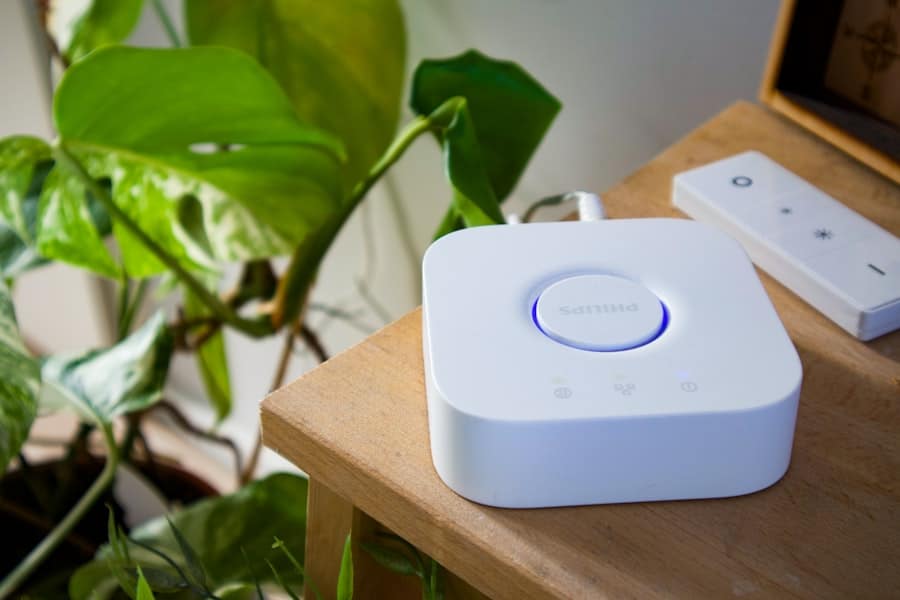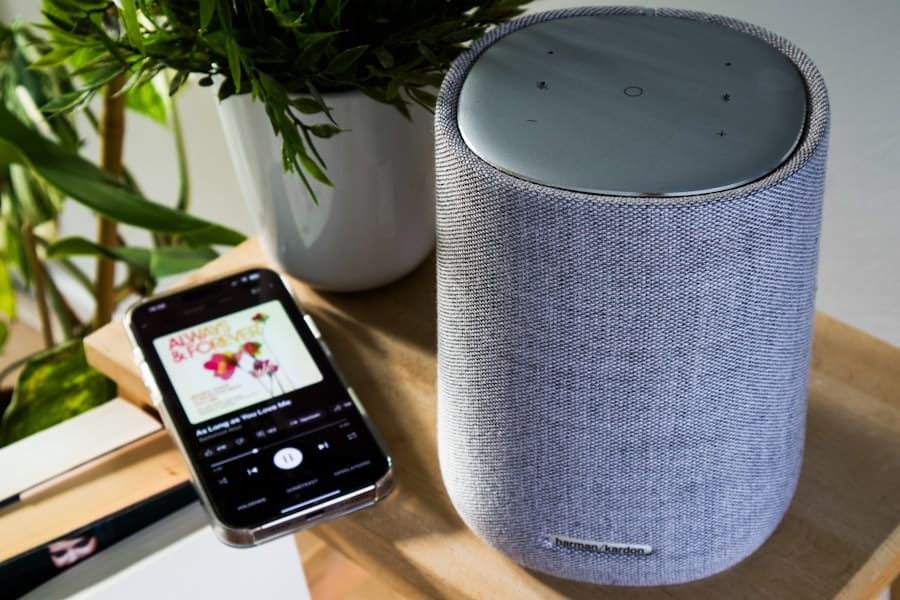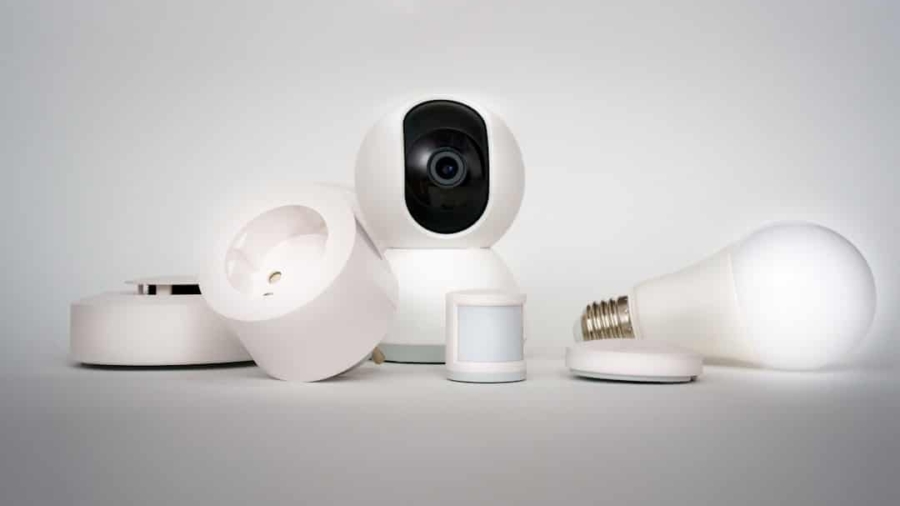The concept of smart homes has evolved significantly over the past decade, transforming the way individuals interact with their living spaces. Smart home ecosystems integrate various devices and systems, such as lighting, heating, security cameras, and appliances, all of which can be controlled remotely through smartphones or other devices. This interconnectedness offers unparalleled convenience and efficiency, allowing homeowners to manage their environments with ease.
However, as these systems become more prevalent, the importance of security in smart home ecosystems cannot be overstated. The proliferation of Internet of Things (IoT) devices has introduced new vulnerabilities, making homes susceptible to cyberattacks and unauthorized access. To address these security concerns, innovative solutions are being explored, one of which is blockchain technology.
Originally developed as the underlying framework for cryptocurrencies like Bitcoin, blockchain has garnered attention for its potential to enhance security across various sectors, including smart homes. By leveraging the decentralized and immutable nature of blockchain, smart home ecosystems can achieve a higher level of security, ensuring that user data remains protected and that devices operate as intended without interference from malicious actors. This article delves into the role of blockchain in securing smart home ecosystems, examining its advantages, challenges, and future developments.
Key Takeaways
- Secure smart home ecosystems are becoming increasingly important as more devices become connected and vulnerable to cyber attacks.
- Blockchain technology plays a crucial role in enhancing the security of smart homes by providing a decentralized and tamper-proof system for managing data and transactions.
- Advantages of using blockchain for smart home security include enhanced data privacy, secure device authentication, and protection against unauthorized access.
- Challenges and limitations of blockchain in smart home security include scalability issues, high energy consumption, and the need for standardization and interoperability.
- Integration of blockchain with smart home devices requires careful consideration of factors such as user experience, compatibility, and regulatory compliance.
The Role of Blockchain in Smart Home Security
Blockchain technology operates on a decentralized ledger system that records transactions across multiple computers in a way that ensures the integrity and security of data.
This characteristic makes blockchain particularly appealing for securing smart home devices, which often rely on centralized servers that can be vulnerable to hacking and data breaches.
In a smart home ecosystem, blockchain can serve as a secure communication protocol between devices. For instance, when a user issues a command to a smart thermostat via a mobile app, that command can be recorded on the blockchain. This not only verifies the authenticity of the command but also ensures that it cannot be tampered with during transmission.
Additionally, by utilizing smart contracts—self-executing contracts with the terms of the agreement directly written into code—homeowners can automate processes while maintaining a secure environment. For example, a smart contract could automatically lock doors when the homeowner leaves the vicinity, ensuring that security measures are consistently enforced without manual intervention.
Advantages of Using Blockchain for Smart Home Security

One of the primary advantages of employing blockchain technology in smart home security is its ability to enhance data privacy. Traditional smart home systems often rely on cloud storage for data management, which can expose sensitive information to potential breaches. In contrast, blockchain allows for decentralized data storage, meaning that user data is not stored in a single location but rather distributed across multiple nodes in the network.
This significantly reduces the risk of unauthorized access and data theft. Moreover, blockchain’s transparency and traceability features provide an additional layer of security. Every transaction recorded on the blockchain is time-stamped and immutable, allowing homeowners to track device interactions and identify any anomalies or unauthorized access attempts.
For instance, if a smart camera detects unusual activity, the corresponding data can be traced back through the blockchain to determine whether it was triggered by an authorized user or if there was an attempt at tampering. This level of accountability fosters trust in the system and empowers users to take proactive measures in securing their homes.
Challenges and Limitations of Blockchain in Smart Home Security
Despite its numerous advantages, the integration of blockchain technology into smart home ecosystems is not without challenges. One significant limitation is scalability. As more devices are added to a smart home network, the volume of transactions recorded on the blockchain increases exponentially.
This can lead to slower processing times and higher transaction costs, particularly if the underlying blockchain network is not designed to handle such high throughput. For instance, public blockchains like Ethereum have faced congestion issues during peak usage times, which could hinder real-time interactions between smart devices. Another challenge lies in user adoption and understanding of blockchain technology.
Many homeowners may not be familiar with how blockchain works or its benefits for smart home security. This lack of awareness can lead to resistance against adopting new technologies that utilize blockchain for security purposes. Additionally, integrating existing smart home devices with blockchain may require significant modifications or upgrades, which could deter users from making the transition.
Manufacturers must prioritize user-friendly solutions that simplify the integration process while educating consumers about the advantages of blockchain-enhanced security.
Integration of Blockchain with Smart Home Devices
Integrating blockchain technology with smart home devices involves several key considerations to ensure seamless functionality and enhanced security. One approach is to develop standardized protocols that facilitate communication between various devices and the blockchain network. By establishing common frameworks for data exchange, manufacturers can create interoperable devices that work together efficiently while leveraging blockchain’s security features.
For example, consider a scenario where a homeowner uses multiple smart devices from different manufacturers—such as a smart lock from one brand and a security camera from another. By implementing a standardized protocol that allows these devices to communicate with each other through a blockchain network, users can create a cohesive ecosystem where all devices are aware of each other’s status and actions. This integration not only enhances security but also improves user experience by providing centralized control over all devices through a single interface.
Furthermore, manufacturers must prioritize developing lightweight blockchain solutions that can operate effectively on resource-constrained devices. Many IoT devices have limited processing power and memory capacity, making it challenging to implement full-fledged blockchain nodes directly on these devices. Instead, hybrid models that combine edge computing with blockchain can be explored.
In this model, critical data processing occurs at the edge (closer to the device), while less sensitive information is recorded on the blockchain for verification purposes.
Future Developments and Innovations in Secure Smart Home Ecosystems

As technology continues to advance, the future of secure smart home ecosystems will likely see significant innovations driven by blockchain integration. One promising development is the emergence of decentralized identity solutions that empower users to control their personal data more effectively. By utilizing self-sovereign identity models based on blockchain technology, homeowners can manage access permissions for their smart devices without relying on centralized authorities or third-party services.
This would allow parents to restrict access to certain features for children while enabling guests to use guest networks without compromising overall security. Such granular control over identity management enhances privacy and ensures that only authorized individuals can interact with specific devices.
Additionally, advancements in artificial intelligence (AI) combined with blockchain could lead to more intelligent and adaptive smart home systems. AI algorithms could analyze user behavior patterns and preferences while leveraging blockchain’s secure data storage capabilities to ensure that this information remains private and tamper-proof. For example, an AI-driven smart thermostat could learn when homeowners typically adjust their heating settings and automatically optimize energy usage while securely recording these interactions on the blockchain for future reference.
Case Studies of Successful Implementation of Blockchain in Smart Home Security
Several companies have begun exploring the integration of blockchain technology into their smart home products with promising results. One notable example is the collaboration between IBM and Samsung in developing a secure IoT platform called “Samsung Knox.” This platform utilizes blockchain technology to enhance device authentication and secure communication between connected devices within a smart home ecosystem. In this case study, Samsung Knox employs a decentralized approach to device management by creating unique digital identities for each connected device on the network.
This ensures that only authorized devices can communicate with one another while preventing unauthorized access attempts. The implementation has demonstrated improved security measures against common threats such as device spoofing and man-in-the-middle attacks. Another example is the startup “Chronicled,” which focuses on supply chain management but has also ventured into smart home security solutions using blockchain technology.
Chronicled’s platform enables secure communication between various IoT devices while providing transparency in device interactions through an immutable ledger. By leveraging this technology, homeowners can monitor their devices’ status in real-time while ensuring that any changes made are securely recorded on the blockchain.
Conclusion and Recommendations for Securing Smart Home Ecosystems with Blockchain
As smart homes continue to gain traction in modern living environments, ensuring their security becomes paramount. Blockchain technology presents a viable solution for addressing many vulnerabilities associated with traditional smart home systems by providing enhanced data privacy, transparency, and accountability. However, challenges such as scalability and user adoption must be addressed to fully realize its potential.
To secure smart home ecosystems effectively using blockchain technology, manufacturers should prioritize developing standardized protocols for device communication while ensuring user-friendly integration processes. Additionally, educating consumers about the benefits of blockchain-enhanced security will be crucial in driving adoption rates. As we look toward the future, innovations such as decentralized identity solutions and AI-driven systems will further enhance the security landscape of smart homes.
By embracing these advancements and fostering collaboration among industry stakeholders, we can create secure smart home ecosystems that protect users’ privacy while delivering unparalleled convenience and efficiency.
The article “The Future of Secure Smart Home Ecosystems Using Blockchain” discusses the potential of blockchain technology in enhancing the security of smart home devices. For further insights into the world of technology, you can check out this article from The Next Web. It delves into the latest trends and innovations shaping the tech industry.
FAQs
What is a smart home ecosystem?
A smart home ecosystem refers to the network of interconnected devices and systems within a home that are capable of communicating with each other and can be controlled remotely.
What is blockchain technology?
Blockchain is a decentralized, distributed ledger technology that records transactions across multiple computers in such a way that the recorded transactions cannot be altered retroactively.
How can blockchain technology enhance the security of smart home ecosystems?
Blockchain technology can enhance the security of smart home ecosystems by providing a tamper-proof and transparent record of all transactions and interactions within the ecosystem. This can help prevent unauthorized access and tampering with smart home devices and data.
What are the potential benefits of using blockchain in secure smart home ecosystems?
Some potential benefits of using blockchain in secure smart home ecosystems include enhanced security, increased privacy, improved data integrity, and the ability to create trustless interactions between devices and users.
What are some challenges or limitations of using blockchain in smart home ecosystems?
Challenges and limitations of using blockchain in smart home ecosystems may include scalability issues, energy consumption, and the complexity of integrating blockchain technology with existing smart home devices and systems.
How is blockchain technology currently being used in the development of secure smart home ecosystems?
Blockchain technology is being used in the development of secure smart home ecosystems through the creation of decentralized identity management systems, secure data sharing platforms, and tamper-proof transaction records for smart home devices and systems.

